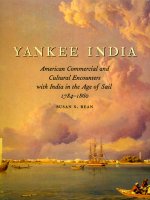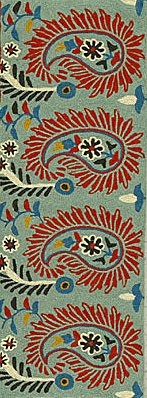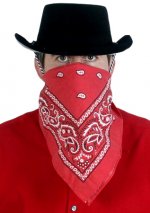PolarBear
Major
- Joined
- Feb 24, 2007
- Messages
- 6,706
I spent the day in Salem, Massachusetts at the Peabody Essex Museum. Salem was a major American port in the 18th and 19th Centuries and was a center of our trade with Asia. In 1799 the merchants of Salem established the East India Marine Society to collect and preserve artifacts from our Asian trading partners. Many of these artifacts makeup the current collection. I had been aware of the American China Trade and the opening up of Japan by Commodore Perry but was not aware of the extent of American commercial and cultural contact with India this early in our history. To find out more about these connections I purchased a book published by the museum and illustrated with artifacts from their collection shown below:




